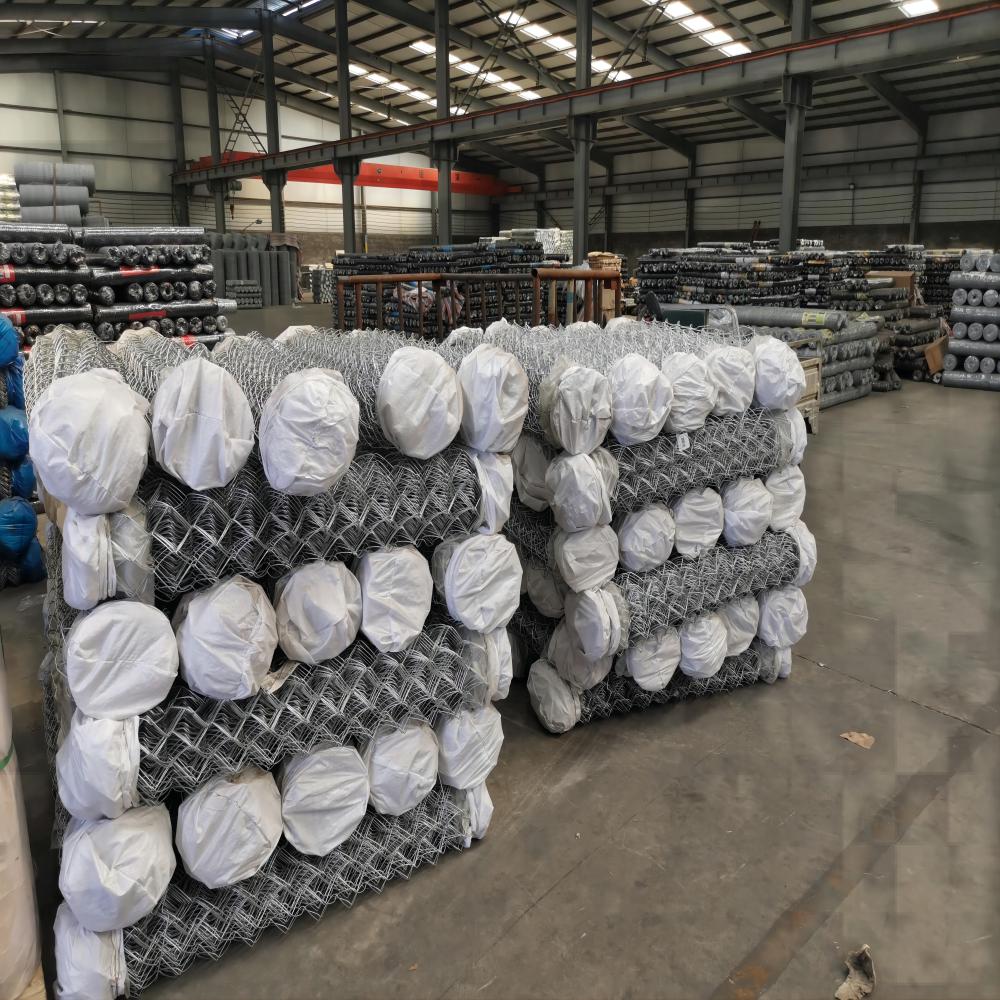Different Varieties of Chicken Wire and Their Uses in Poultry Keeping
Types of Chicken Mesh A Comprehensive Guide
When it comes to poultry farming, one of the fundamental aspects that ensure the safety and well-being of chickens is the type of mesh used in their enclosures. Chicken mesh, also known as poultry netting or chicken wire, plays a crucial role in protecting your flock from predators while allowing for adequate ventilation and visibility. In this article, we will explore the various types of chicken mesh available, their unique characteristics, and the best applications for each type.
1. Galvanized Chicken Wire
Galvanized chicken wire is perhaps the most commonly used type of mesh in poultry farming. Made from steel wire that is coated with a layer of zinc, this type of mesh is highly durable and resistant to rust, making it ideal for outdoor use. The wire is available in different gauges, with heavier gauges offering more strength and protection. Galvanized chicken wire is typically used for enclosing coops and runs, creating a barrier that keeps chickens safe from common predators like raccoons, coyotes, and hawks.
2. Hardware Cloth
Hardware cloth is a type of wire mesh that features smaller openings compared to traditional chicken wire. The wire is usually welded to create a sturdier barrier that is less susceptible to bending or breaking. Hardware cloth is available in various sizes, with openings typically ranging from 1/8” to 1”. This type of mesh is highly effective for protecting young chicks from small predators and can also serve as a base for coops, runs, and nesting boxes.
3
. Welded Wire FencingWelded wire fencing consists of aluminum or steel wires that are welded together at every intersection, forming a grid-like structure. This type of mesh is incredibly strong and provides a high level of security for your chickens. Welded wire fencing is ideal for large-scale poultry farms, as it can be used for fencing entire enclosures and keeping out larger predators. Its rigidity and durability make it less susceptible to warping over time.
types of chicken mesh

4. Poultry Netting
Poultry netting, often referred to as electric fencing or poultry fencing, is a lightweight mesh option that can be easy to install and move. While it is not as strong as welded wire fencing, it serves as an effective deterrent for many predators. The netting features small openings designed to keep chickens in while allowing for proper air circulation. Additionally, electric poultry netting provides an extra layer of protection with the capability of delivering a mild shock to deter intruders. This type of fence is particularly beneficial for free-range chicken farming.
5. Plastic Poultry Netting
Plastic poultry netting is an alternative to traditional wire mesh, offering a lightweight and flexible option. Made from UV-resistant plastic, this type of fencing is designed to withstand various weather conditions. While it may not be as strong as metal options, it can offer adequate protection against smaller predators. Plastic poultry netting is often used for temporary enclosures, gardening, and other non-permanent applications.
6. Netting Shade Cloth
Although primarily used for protection against sun exposure and harsh weather, shade cloth can also serve as a form of chicken mesh. The fabric allows air circulation while providing cover from sunlight and rain. It can be used in conjunction with other types of chicken mesh to create a safe, shaded area for chickens to roam during hot summer days. Shade cloth also deters some aerial predators due to its visual obstructions.
Conclusion
Choosing the right type of chicken mesh is critical for the protection and welfare of your chickens. Whether you opt for galvanized chicken wire, hardware cloth, welded wire fencing, poultry netting, or lightweight plastic options, each type comes with its own set of advantages and applications. By understanding the unique characteristics of each mesh type, you can create a safe and secure environment for your flock, allowing them to thrive and produce healthy eggs and meat. Proper installation and maintenance of chicken mesh will not only enhance the security of your poultry but also ensure the longevity of your investment in their safety.
-
Space-Saving Chain Fence Hacks Vertical Gardening with Cyclone MeshNewsJul.16,2025
-
Innovations in Iron Nail Wire Production for Modern ConstructionNewsJul.16,2025
-
Creative Uses of Wire Netting Fence in Modern Landscape DesignNewsJul.16,2025
-
Barbed Wire Fence Innovations in Anti-Climb TechnologyNewsJul.16,2025
-
Architectural Uses of Umbrella Nails for Aesthetic Roof DesignsNewsJul.16,2025
-
Architectural Uses of Razor Barbed Wire in Secure Urban DesignNewsJul.16,2025




